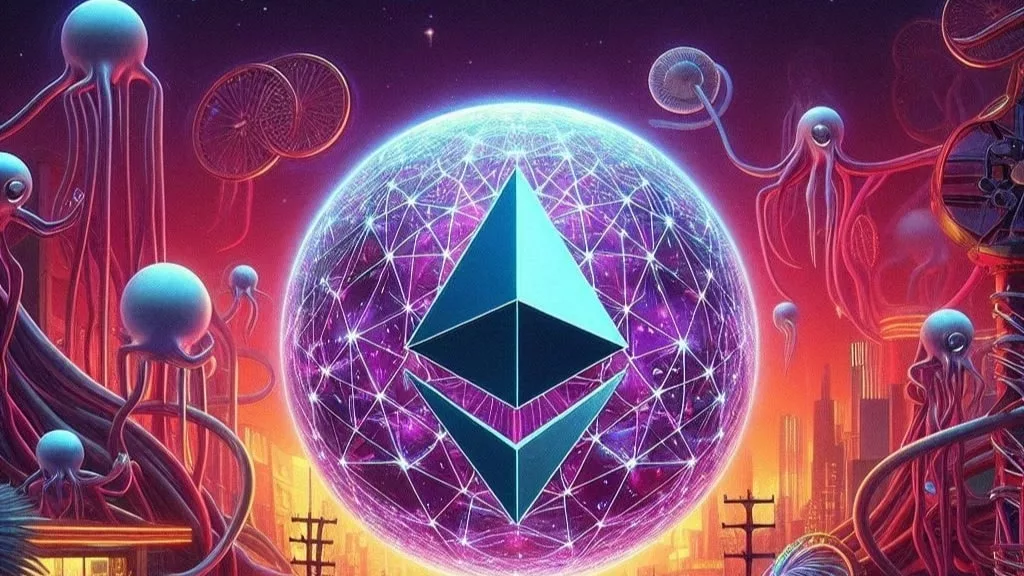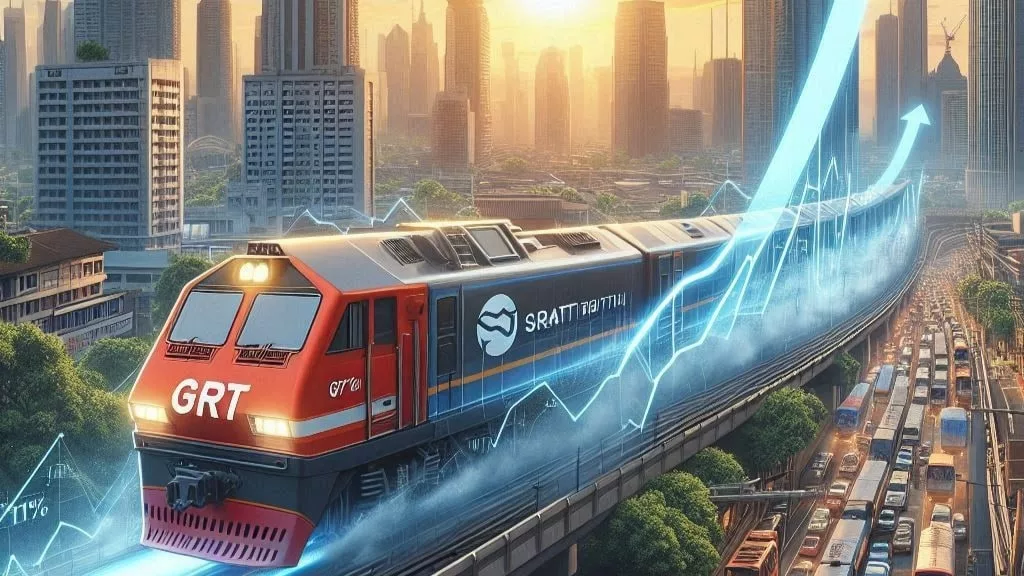
Ethereum (ETH) gas fees have recently fallen to unprecedented levels, remaining below 1 gWei for several days. This dramatic drop in fees, which have occasionally dipped to as low as 0.57 gWei, is notable given the recent growth and expansion of the Ethereum ecosystem.
The Impact of Low Fees on Ethereum Activity
Historically, Ethereum has seen fluctuations in gas fees due to varying levels of network activity. However, the current low fee environment is particularly unusual, given the surge in ecosystem growth. Lower fees typically indicate reduced activity on the Ethereum network, as seen in recent weeks.
Ethereum’s gas fees have been steadily declining since March 2024, reaching levels that are even lower than those seen during previous bear markets. Despite these low costs, the reduction in fees has not spurred a significant increase in network activity. Instead, trading and swaps have increasingly shifted to Layer 2 (L2) solutions such as Arbitrum, Optimism, and Base.
While low fees might seem advantageous at first glance, they can sometimes mask underlying issues, such as reduced interest in Ethereum’s mainnet. For instance, periods of low fees have occasionally led to unexpected spikes in transaction costs when network activity surges, with some transactions costing up to $200.
The Effects on ETH Burning and Inflation
One of the key mechanisms for maintaining Ethereum’s value is the burning of ETH, a process intended to reduce the total supply and potentially increase the value of remaining tokens. Historically, high gas fees have contributed to a higher burn rate, aiding in the deflationary aspect of ETH.
Currently, the reduced fee environment has slowed down this burn process. With most transactions now costing under $1, the ETH burn rate has diminished, causing emissions to remain closer to neutral. Despite the desire for a deflationary model, scaling efforts and the movement of activities to L2 chains have impacted this dynamic.
The ETH inflation rate has recently risen to 0.74%, introducing approximately 16,996 ETH into circulation each week. If this trend continues, nearly 1 million ETH could be produced annually. To address this, proposals have emerged suggesting that L2s should be charged higher fees for their blob activities. However, as it stands, blob fees are typically converted into validator fees rather than contributing to ETH burns.
Ethereum’s Value Outflows and Market Impact
In recent months, Ethereum has experienced significant value outflows, primarily due to shifts in balances between various protocols and a general decline in ETH market prices. For the past three months, Ethereum has been a net donor to several prominent L2s, with $1.4 billion flowing out in the form of wrapped ETH, ERC-20 tokens, and stablecoins.
The liquidity that has left Ethereum is now locked within L2 ecosystems, making it less common for funds to bridge back to the mainnet. Currently, Ethereum holds around $45 billion in value locked, down from a peak of $65 billion in May. Major outflows have come from staking and re-staking protocols like Lido and Eigen Layer, which have both seen their values fluctuate significantly.
Lido and Eigen Layer have reached a state of equilibrium, with their inflows and outflows balancing each other out. Eigen Layer, for instance, has seen its value drop from nearly $20 billion to $11.5 billion. Despite these fluctuations, the Ethereum mainnet continues to support around 450,000 daily active addresses, maintaining a stable level of activity.
Market Sentiment and Future Expectations
The decline in ETH gas fees and value outflows has also affected ETH’s market price. Recently, ETH has slid to $2,471.25, following a dip in Bitcoin (BTC) to $57,000. Both cryptocurrencies are currently experiencing subdued sentiment, with potential for further market corrections.
As Ethereum continues to navigate these low fee environments and significant value outflows, the future of ETH remains uncertain. The current conditions highlight the complexities of scaling and managing the Ethereum network while balancing the needs for deflationary measures and ecosystem growth.
In summary, while the drop in Ethereum gas fees to below 1 gWei might initially appear beneficial, it reflects broader trends that could impact the network’s economic dynamics. The shift towards L2 solutions and changes in ETH’s burn and inflation rates suggest a period of adjustment for Ethereum as it adapts to new challenges and opportunities in the blockchain space.

Get the latest Crypto & Blockchain News in your inbox.